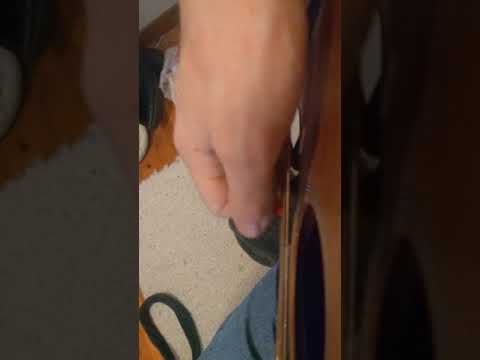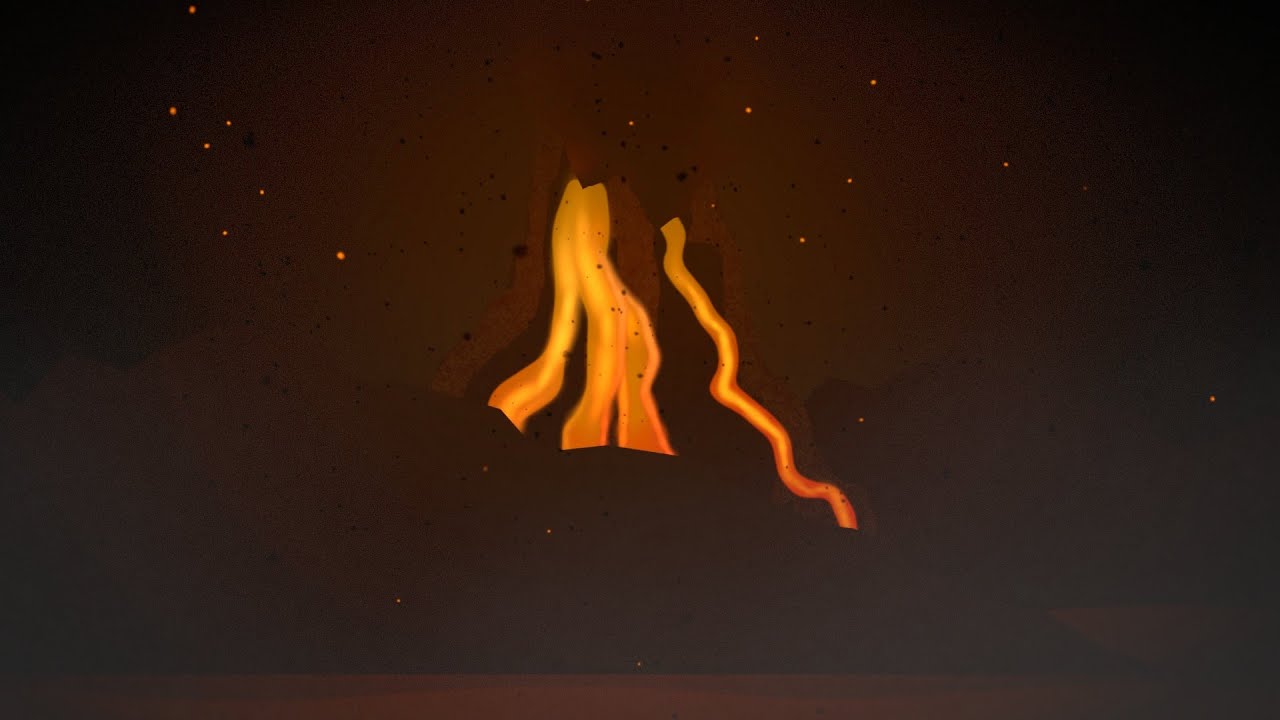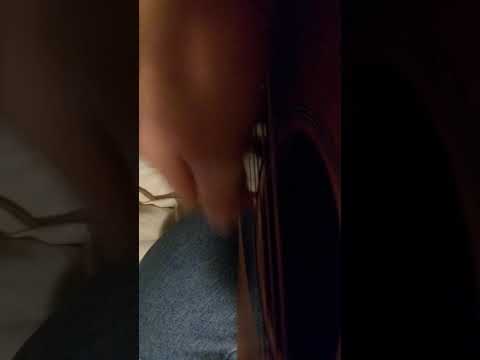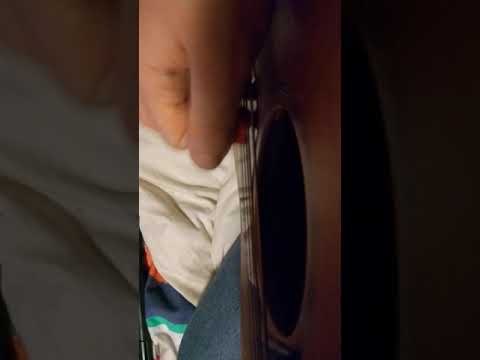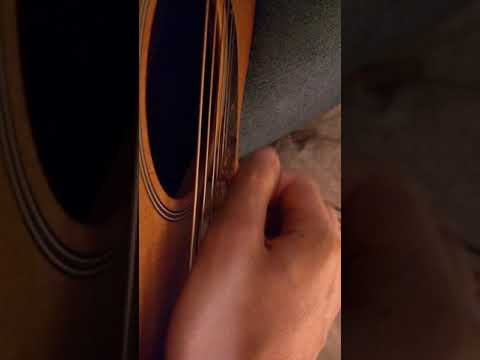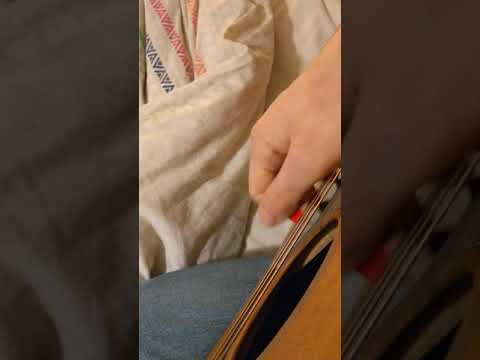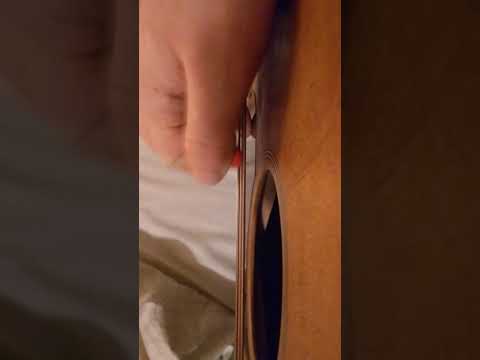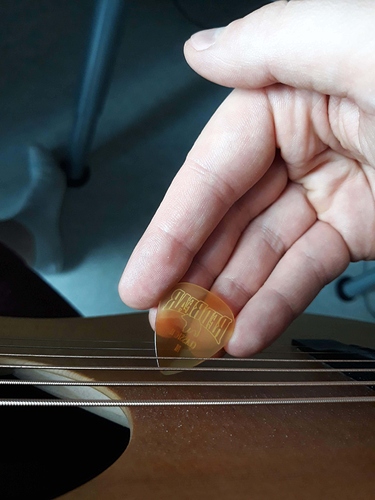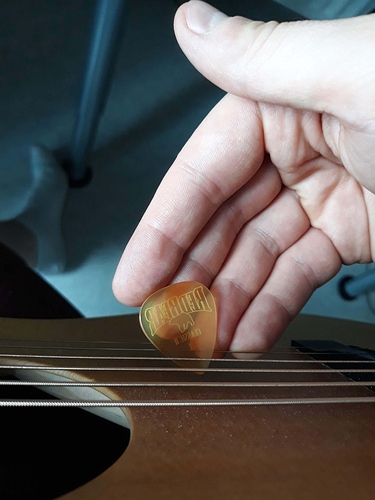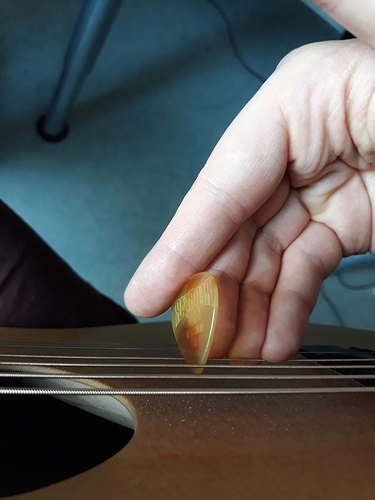I’m at wit’s end with this one; I’ve had this problem my entire 15 year journey of playing this instrument. What’s the cause of my pick snagging on the strings? The problem is somewhat mitigated if I introduce an extreme leading edge, but only slightly, and I have no idea why this is. The strings just feel like these tough tree trunks that just will not yield. If I grip the pick hard, it gets snagged, and if I grip the pick loosely, the pick flops unpredictably, and I still feel a lot of friction.
I have less of a problem playing with thicker picks like the Dunlop Flow, so I don’t know if that lends any clues. You might ask “well why not just play with the Flow?” and the thing is, I still sometimes feel these problems with that pick too, although less so. I’m using the Jazz III in this video because it better demonstrates my problems. I have no idea how so many players play with this thing.

